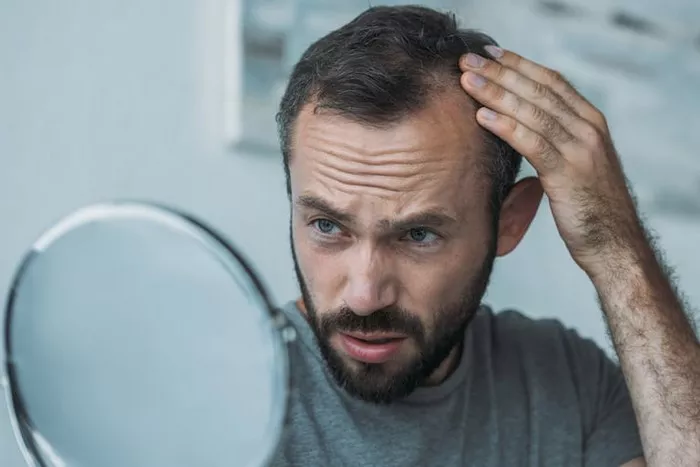After undergoing a hair transplant procedure, patients often have questions about when they can resume their normal activities, such as wearing hats. While hats can be a convenient accessory for covering the scalp during the recovery period, it’s essential to follow proper guidelines to ensure optimal healing and results. In this article, we provide comprehensive guidance on when you can safely wear a hat after a hair transplant.
Understanding the Healing Process After Hair Transplant:
Initial Recovery Period: In the days immediately following the hair transplant procedure, the scalp undergoes a healing process. The donor and recipient areas may experience swelling, redness, and tenderness, which are normal and typically subside within a few days to weeks.
Growth Timeline: After the initial recovery period, the transplanted hair follicles enter a resting phase before gradually transitioning into the growth phase. This process can take several weeks to months, and new hair growth becomes visible over time.
When Can I Wear A Hat After Hair Transplant?
Immediate Post-Transplant Period: In the immediate aftermath of the hair transplant procedure, it’s important to avoid wearing hats or any tight-fitting headwear that could potentially disrupt the healing process or cause irritation to the scalp. Allow the scalp to breathe and heal naturally during this time.
First Week After Transplant: During the first week following the hair transplant, it’s best to refrain from wearing hats to prevent unnecessary pressure or friction on the scalp. The newly transplanted hair follicles are delicate and need time to settle into their new environment without interference.
Subsequent Weeks: As the scalp continues to heal and the transplanted hair follicles begin to establish themselves, you may gradually reintroduce wearing hats. However, it’s essential to choose hats that are loose-fitting and made from breathable materials to minimize irritation and promote airflow to the scalp.
Avoid Tight Hats: Avoid wearing tight hats, caps, or headbands that exert pressure on the scalp or rub against the transplanted hair follicles. Tight headwear can disrupt blood flow to the scalp and increase the risk of dislodging or damaging the transplanted grafts.
Tips for Wearing Hats After Hair Transplant:
Choose Soft Materials: Opt for hats made from soft, non-abrasive materials such as cotton or bamboo that are gentle on the scalp and minimize friction. Avoid hats with rough seams or embellishments that could irritate the healing skin.
Loose-Fitting Styles: Select hats with a loose-fitting design that allows ample room for airflow and prevents compression of the scalp. Avoid hats that are too tight or restrictive, as they can impede blood circulation and hinder the healing process.
Cleanliness: Ensure that hats are kept clean and free from dirt, sweat, and bacteria to prevent infection and maintain scalp hygiene. Wash hats regularly according to manufacturer instructions to remove buildup and maintain freshness.
Sun Protection: Choose hats with wide brims or UPF (Ultraviolet Protection Factor) ratings to provide adequate sun protection for the scalp, especially during outdoor activities. Protecting the scalp from UV exposure helps prevent sunburn and reduces the risk of complications during the healing process.
Consultation with the Surgeon:
Individualized Recommendations: It’s essential to consult with your surgeon or hair transplant specialist for personalized recommendations regarding when it’s safe to wear hats after the procedure. They can assess your healing progress and provide guidance based on your specific needs and circumstances.
Follow-Up Care: Attend scheduled follow-up appointments with your surgeon to monitor the progress of your hair transplant and address any concerns or questions you may have. Your surgeon can provide additional guidance on post-transplant care and when it’s appropriate to resume wearing hats.
Conclusion:
In conclusion, wearing hats after a hair transplant requires careful consideration and adherence to proper guidelines to ensure optimal healing and results. While it’s natural to want to cover the scalp during the recovery period, it’s essential to avoid wearing hats immediately after the procedure to allow the scalp to heal naturally. Gradually reintroduce wearing hats as the scalp heals, opting for loose-fitting styles made from soft, breathable materials. Consultation with your surgeon is essential for personalized recommendations and guidance on post-transplant care. By following these guidelines and listening to your body’s signals, you can safely incorporate hats into your routine after a hair transplant and enjoy the benefits of your new hair with confidence.http://Does Hair Transplant Stop Future Hair Loss

